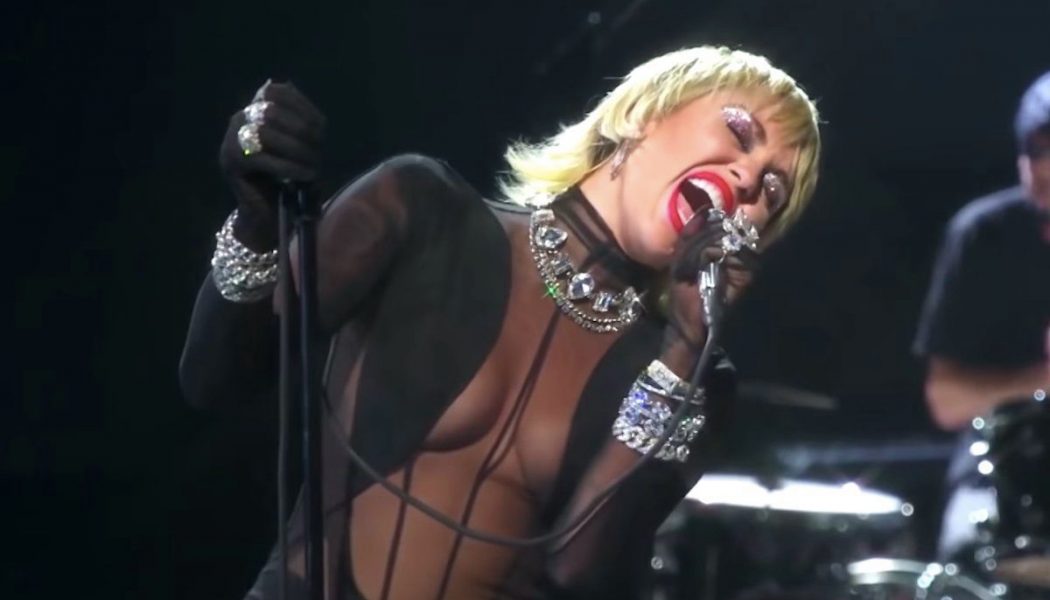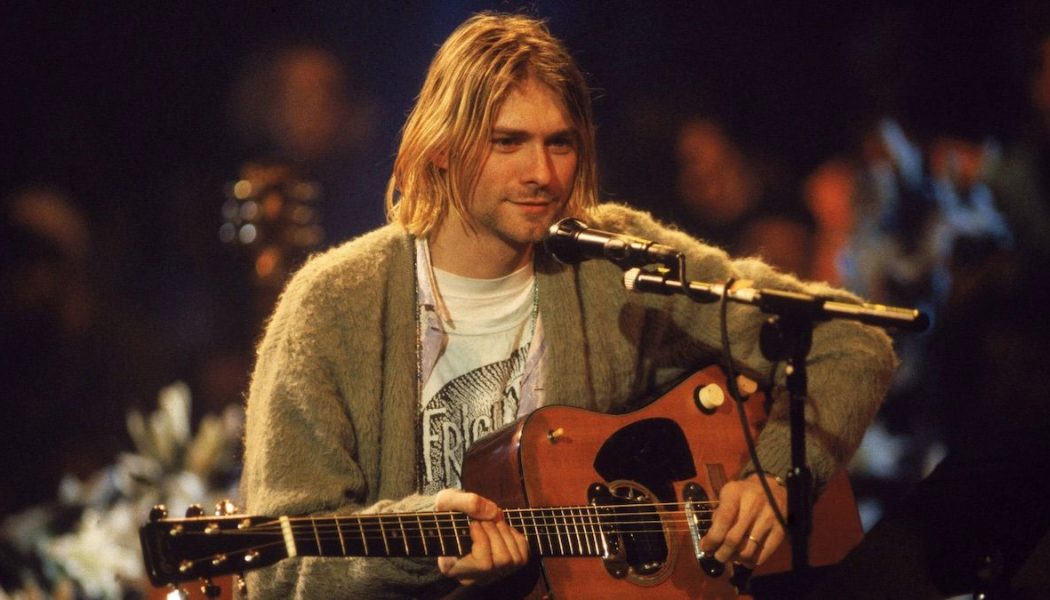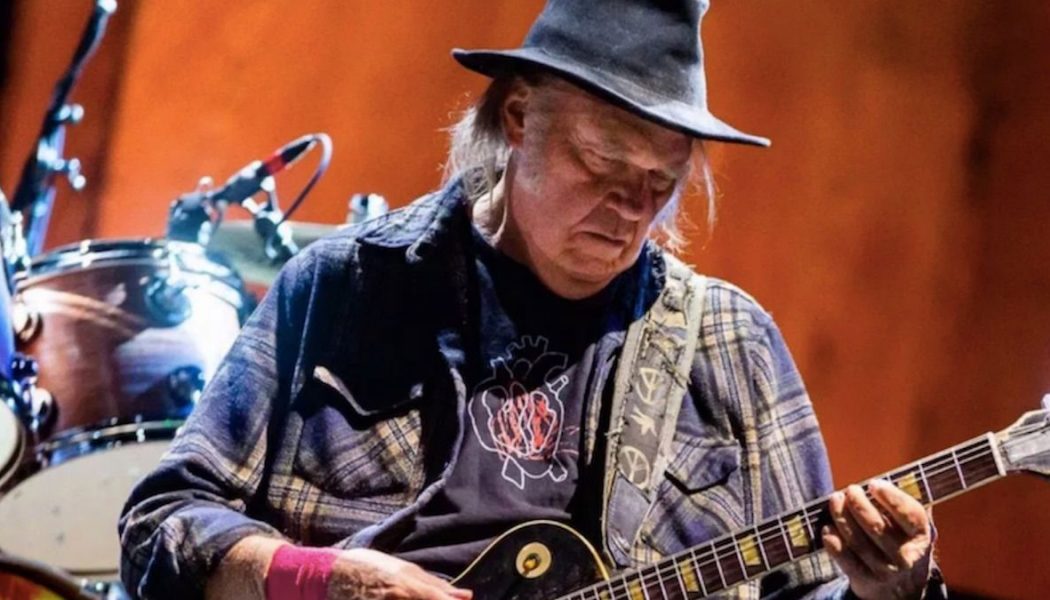Best Covers
Top 10 Miley Cyrus Rock and Roll Covers
At the 2019 iHeart Radio music festival, Miley Cyrus had some surprising words about her biggest hits. After ploughing through “We Can’t Stop” and “Slide Away”, she took a moment to level with the audience. “You know, I sing songs like ‘Can’t Stop’ for you,” she said with a smile. “But then, I sing a couple songs for me.” She then launched clear into outer space for a cover of Pink Floyd’s “Comfortably Numb”. The message was clear: The favored child of a country superstar, groomed from a young age to be the perfect pop princess, had grown disenchanted with some of her old music. It had happened before. She tried to leave her Hannah Montana days behind her with 2010’s Can’t Be Tamed. As she transitioned away from her squeaky-clean image, she found herself hounded by pearl-clutching par...
The 5 Best Covers of David Bowie’s “The Man Who Sold the World”
Very few were originally sold on The Man Who Sold the World, whether talking about David Bowie’s now-admired third album or the title track nestled near the back of that same recording. After a debut album of boyish, quirky pop juvenilia and a follow-up known mostly for the novelty of the future Starman’s first foray into outer space (“Space Oddity”), The Man Who Sold the World saw the English songwriter shift towards a harder brand of rock alongside producer Tony Visconti and future Spiders from Mars guitarist Mick Ronson and drummer Mick Woodmansey. Still, the departure gained Bowie little notice, and the title song itself did little to stand out at the time on the single-less album. It wouldn’t be until Bowie’s success two records later as Ziggy Stardust that critics and fans alike bega...
The 10 Best Covers of Neil Young’s After the Gold Rush
It’s nearly impossible to overstate the artistic influence and value of Neil Young. Born in Toronto, Ontario, in November 1945, he spent his first 20 years or so digesting as much rock ‘n’ roll, country, and doo-wop as possible in the midst of living a somewhat tumultuous life (including suffering from polio, moving around a lot, and becoming a child of divorce). As with many iconic musicians, he dedicated much of his teenage years to playing in multiple fledgling bands. That is, until fate introduced him to another singer-songwriter, Stephen Stills, with whom he’d form the beloved folk-country rock troupe Buffalo Springfield in 1966. (Of course, the two would also help start the arguably even more significant Crosby, Stills, Nash & Young a few years later.) As wonderful and enduring a...





